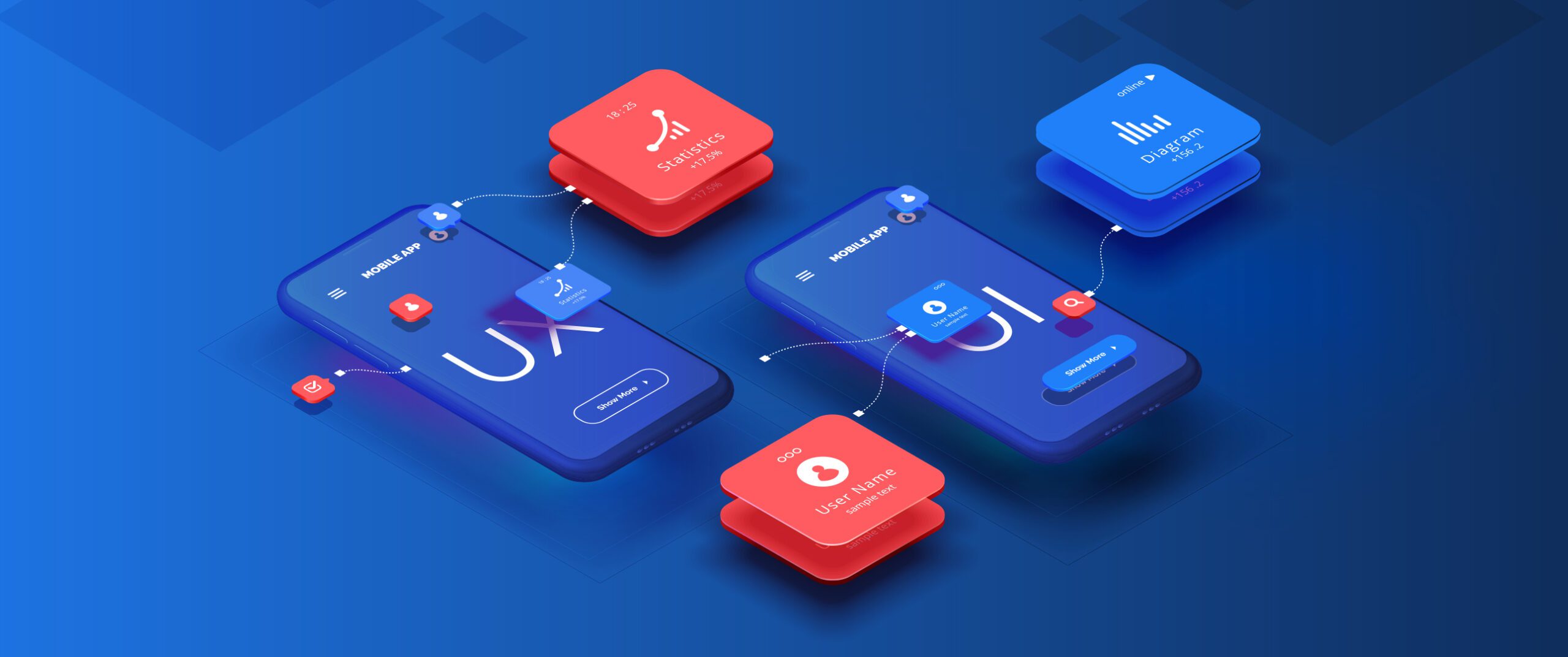Blitz News Digest
Stay updated with the latest trends and insights.
When Good Design Goes Bad: The Unseen Consequences of Poor UI/UX
Uncover the shocking fallout of bad UI/UX design! Explore how poor choices can ruin user experience and impact your brand's success.
The Ripple Effect: How Poor UI/UX Decisions Impact User Behavior
The quality of user interface (UI) and user experience (UX) design plays a critical role in shaping user behavior on digital platforms. When organizations make poor UI/UX decisions, they can unknowingly set off a ripple effect that leads to user frustration, decreased engagement, and ultimately, lost revenue. For instance, a cluttered interface can create confusion, making it difficult for users to navigate the site or app. This can result in high bounce rates, as potential customers leave in search of a more intuitive option. Moreover, a lack of responsiveness on mobile devices can alienate users, especially when mobile internet usage continues to rise dramatically, underscoring the necessity for companies to prioritize a seamless experience across all platforms.
In addition to immediate user dissatisfaction, poor UI/UX decisions can also tarnish a brand's reputation over time. Users are more likely to share negative experiences through reviews and social media, amplifying the effect of these design missteps. A study indicated that 94% of first impressions relate to a website's design, demonstrating how vital aesthetics and usability are in influencing user trust and loyalty. Subsequently, brands that continue to overlook the importance of effective UI/UX risk losing not only their current customers but also potential ones who are deterred by negative feedback. To thrive in an increasingly competitive digital landscape, it's essential to invest in thoughtful design that prioritizes user needs and preferences.

Lost in Translation: Common Missteps in UI/UX Design and Their Consequences
In the world of UI/UX design, the phrase 'lost in translation' often refers to the misinterpretation of user needs and expectations. One common misstep is assuming that all users share the same understanding of functionality and design elements. For instance, icons or buttons that work seamlessly for one demographic might confuse another. This divergence can lead to frustrated users, increased bounce rates, and ultimately, a diminished reputation for the product. Conducting thorough user research, including usability testing and feedback sessions, can be the cornerstone of successful design that aligns with user expectations.
Another critical error is neglecting the importance of accessibility in UI/UX design. When designers fail to consider users with disabilities or those who use assistive technologies, they not only create barriers but also exclude a significant portion of the user base. This oversight can have serious repercussions, including legal consequences and alienating potential customers. By embracing inclusive design principles, such as color contrast, keyboard navigation, and screen reader compatibility, designers can ensure a broader reach and enhanced user satisfaction. In essence, recognizing and addressing these common missteps can lead to more intuitive, effective, and user-friendly designs.
Are You Sabotaging Your Product? The Hidden Costs of Neglecting UI/UX
In the highly competitive digital landscape, the user interface (UI) and user experience (UX) of your product play a crucial role in determining its success. Neglecting UI/UX is akin to sabotaging your own product, leading to user frustration and abandonment. A poorly designed interface can confuse users, making navigation difficult and reducing overall satisfaction. As a result, you may experience higher bounce rates and lower conversion rates, which ultimately translates to lost revenue. Are you willing to bear these hidden costs while your competitors thrive with seamless and engaging designs?
Moreover, the implications of neglecting UI/UX extend beyond immediate financial losses. A bad experience can tarnish your brand's reputation and result in negative word-of-mouth. Research shows that users are more likely to share their bad experiences than their good ones. This exponential effect can lead to ongoing challenges in user retention. To avoid sabotaging your product, it’s vital to invest in good design practices and gather user feedback regularly. By prioritizing UI/UX, you're not just enhancing your product; you're ensuring long-term success and customer loyalty.